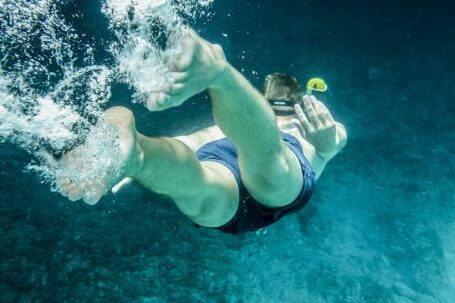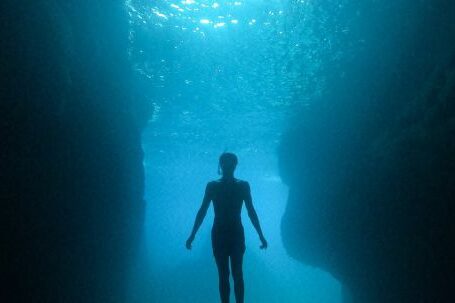Exploring the underwater world is an exhilarating experience that many divers enjoy. However, one common limitation that divers face is their limited bottom time. Traditional scuba diving equipment relies on open-circuit systems, which release exhaled air into the water. This not only wastes precious air but also limits the amount of time divers can spend underwater. Thankfully, rebreather diving offers a solution to this problem, allowing divers to extend their bottom time and explore the depths for longer durations.
Understanding Rebreather Diving
Rebreather diving is a type of scuba diving that utilizes a closed-circuit system. Instead of releasing exhaled air into the water, rebreathers recycle the gas, removing carbon dioxide and replenishing oxygen levels. This closed-loop system allows divers to reuse the gas they breathe, significantly increasing their bottom time. With rebreathers, divers can explore underwater environments for longer periods, enabling them to discover and appreciate the underwater world like never before.
Advantages of Rebreather Diving
1. Increased Bottom Time: The most significant advantage of rebreather diving is the extended bottom time it offers. By recycling the gas, rebreathers allow divers to stay underwater for hours rather than minutes. This extended time enables divers to fully immerse themselves in their surroundings, observe marine life, and explore intricate underwater structures.
2. Reduced Gas Consumption: Rebreathers are highly efficient in terms of gas consumption. Since the gas is recycled, rebreather divers use significantly less gas compared to traditional scuba diving methods. This not only provides longer dives but also reduces the need for frequent gas refills, making rebreather diving a cost-effective option in the long run.
3. Silent and Discreet: Rebreathers produce minimal noise and bubbles compared to open-circuit systems. This silent operation allows divers to approach marine life without causing disturbance, providing a more immersive and natural experience. Additionally, the lack of bubbles makes rebreather diving ideal for underwater photography, as it minimizes disturbances and captures stunning images.
4. Enhanced Safety: Rebreathers offer additional safety features that can be crucial in certain diving scenarios. The closed-loop system monitors gas levels, providing real-time data to the diver. This ensures that the diver is aware of their oxygen levels and can take necessary actions to avoid any potential risks. Rebreathers also enable divers to switch to a back-up gas supply in emergency situations, enhancing overall safety during dives.
Considerations for Rebreather Diving
While rebreather diving offers numerous advantages, it is essential to consider a few factors before venturing into this diving technique:
1. Training and Certification: Rebreather diving requires specialized training and certification to ensure safe and responsible diving practices. It is crucial to undergo proper training and gain experience under the guidance of a certified instructor before attempting rebreather diving independently.
2. Maintenance and Care: Rebreathers are complex pieces of equipment that require regular maintenance and care. It is essential to understand the proper cleaning, disinfection, and storage procedures to ensure the longevity and reliability of the rebreather system.
3. Cost: Rebreather diving equipment can be more expensive than traditional scuba gear. It is important to consider the initial investment and ongoing costs associated with rebreather diving, including training, maintenance, and gas fills.
In Conclusion
Rebreather diving offers an exciting opportunity for divers to extend their bottom time and explore the underwater world in greater detail. With its advantages of increased bottom time, reduced gas consumption, silent operation, and enhanced safety features, rebreather diving has revolutionized the way divers experience the depths. However, it is crucial to undergo proper training, understand maintenance requirements, and consider the associated costs before delving into this advanced diving technique. So, if you’re ready to dive deeper and discover the wonders beneath the surface, rebreather diving may be the perfect choice for you.





